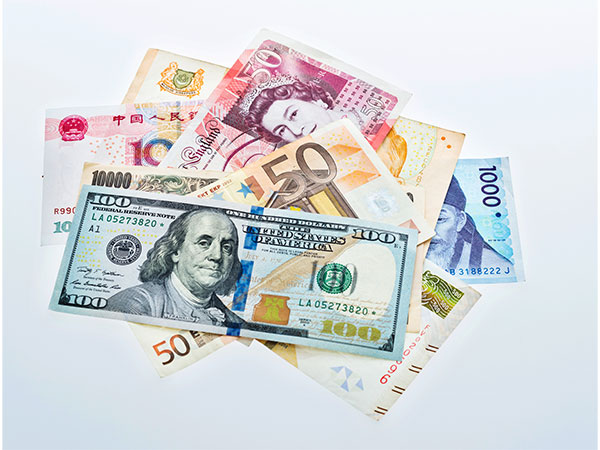India’s foreign exchange reserves have recently experienced a decline, dropping by USD 3.463 billion to USD 684.805 billion in the week ending October 25. This marks the fourth consecutive week of decline, following an all-time high of USD 704.885 billion. The Reserve Bank of India (RBI) likely intervened to prevent a sharp depreciation of the Rupee, which contributed to the record high reserves. The decline in reserves is a result of various factors, including RBI intervention and global economic conditions.
The importance of foreign exchange reserves lies in their role as a buffer that shields domestic economic activity from global shocks. India’s foreign currency assets (FCA), the largest component of forex reserves, currently stand at USD 593.751 billion. Additionally, gold reserves amount to USD 68.527 billion, according to the latest RBI data. These reserves are crucial for maintaining stability in the economy and ensuring that the country is well-prepared to navigate any unforeseen challenges that may arise in the global financial markets.
India’s foreign exchange reserves have been steadily increasing over the years, with approximately USD 58 billion added in 2023 alone. This contrasts with a cumulative decline of USD 71 billion in 2022, highlighting the importance of maintaining a sufficient level of reserves. Estimates suggest that India’s current reserves are adequate to cover approximately one year of projected imports, providing a sense of stability and security in the country’s economic outlook.
Foreign exchange reserves are essential assets held by a nation’s central bank or monetary authority, typically in reserve currencies such as the US Dollar, Euro, Japanese Yen, and Pound Sterling. The RBI closely monitors the foreign exchange markets, intervening strategically to maintain orderly market conditions and curb excessive volatility in the Rupee exchange rate. By managing liquidity, including selling dollars when necessary, the RBI aims to prevent steep rupee depreciation and ensure stability in the currency market.
The Indian Rupee has evolved from being one of the most volatile currencies in Asia to one of the most stable over the past decade. This transformation is attributed to the RBI’s strategic interventions in the foreign exchange market, buying dollars when the Rupee is strong and selling when it weakens. A stable Rupee enhances the attractiveness of Indian assets to investors, offering better performance with greater predictability. The RBI’s proactive approach to managing foreign exchange reserves plays a crucial role in fostering confidence in the Indian economy and maintaining stability in the currency market.











